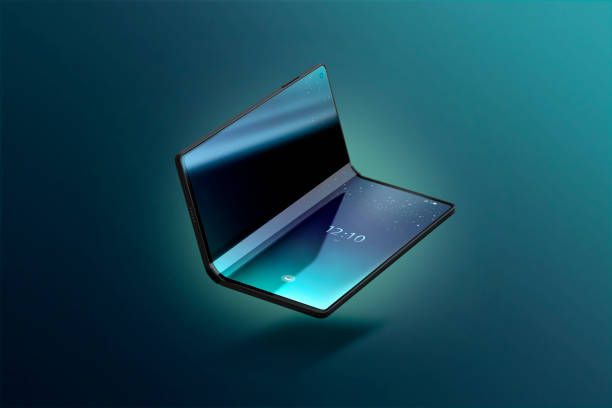Riding the Wave of Foldable Technology: A New Era in Consumer Electronics
As we surf into the next decade, one trend is fast becoming a tsunami in the tech world: foldable technology. From smartphones to laptops, tech giants are reshaping our electronic landscape with this innovative approach, promising a future where portability meets functionality.

A Brief History of Foldable Tech
Foldable technology isn’t entirely new. For decades, engineers have been fascinated by the concept of flexible electronics. The first notable achievement in this field was the invention of electronic paper or e-paper in the 1970s. Developed by Xerox’s Palo Alto Research Center, e-paper was a thin, flexible display that mimicked the appearance of regular ink on paper.
Fast forward to 2013, and Samsung unveiled the world’s first curved smartphone, the Galaxy Round. This was a significant milestone in the journey toward truly foldable devices. However, it was in 2019 that foldable technology truly leaped into the mainstream, with Samsung launching its Galaxy Fold smartphone and tech companies like Huawei and Motorola following suit.
Foldable Tech in Today’s World
Today, foldable technology extends far beyond smartphones. At CES 2020, Lenovo unveiled the ThinkPad X1 Fold, the world’s first foldable PC. The device is essentially a 13.3-inch tablet that can fold in half to become a mini laptop, complete with a wireless keyboard.
Moreover, TCL recently showcased their prototype of a foldable phone that can bend into a smartwatch. It’s a testament to the versatility of foldable tech and a glimpse into a future where one device could potentially serve multiple purposes.
The Market Impact of Foldable Technology
Foldable tech is still in its early stages and comes with a hefty price tag. Samsung’s Galaxy Fold, for example, retails for nearly $2,000. As such, it’s currently a luxury product, available only to a niche market.
However, as production costs decrease over time, foldable technology is expected to become more affordable and thus, more widespread. According to a report from Market Research Future, the global market for foldable devices is projected to reach $17.1 billion by 2025.
The Future of Foldable Tech
While the current focus is largely on foldable screens, the future of foldable tech extends far beyond that. Researchers are exploring the potential of foldable batteries and even foldable processors.
In conclusion, while foldable technology is still finding its feet, it represents a significant leap forward in the tech world. With its potential to revolutionize how we use and interact with our devices, foldable tech is a wave that’s set to change the landscape of consumer electronics. Get ready to ride the tide.




